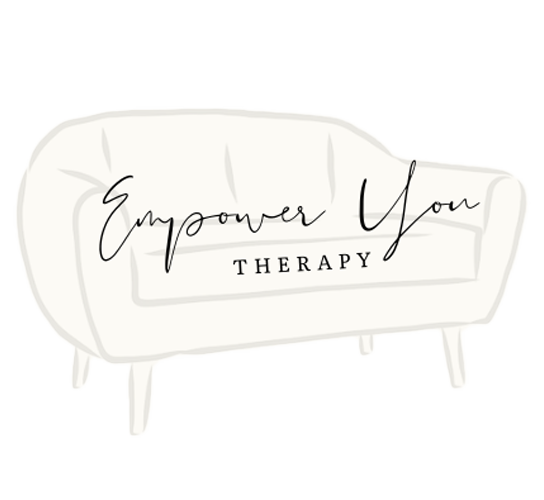The term “OCD” is often thrown around casually in reference to someone being particular about cleanliness or tidiness. However, OCD is a real mental health diagnosis that carries serious weight for those who struggle with it.
What is OCD and what are OCD Symptoms?
OCD is categorized by the following symptoms: unwelcome or intrusive thoughts and impulses. These intrusive thoughts and urges cause significant distress, especially in the form of anxiety. The person suffering from these experiences then engages in behaviors called compulsions as a way of trying to control these experiences and alleviate their mental and emotional suffering.
The obsessions associated with common OCD symptoms can vary greatly for each individual experiencing OCD. These obsessions are essentially fears, which can involve a fear of contamination, fear of harming self or others/losing control, fear of bad things happening and the individual is responsible, fears around an individual’s identity, fears around spirituality or sinning for those who are religious, relationship fears around whether a partner is cheating or is the right partner, and so many more.
Compulsions are then used to mitigate the uncertainty and distress that come from the thoughts and impulses associated with OCD obsessions. Obsessions can be performed in the physical world, like repeatedly checking to make sure a door is locked or excessively washing hands. Obsessions can also be mental and come in the following forms: Rumination about a fear, mental praying, or mentally checking past events to ensure certainty.
OCD Treatment – Exposure Response Prevention
The primary OCD treatment approach is called exposure & response prevention (ERP). This treatment for OCD involves exposing the individual to their obsession/fear and then having the individual refrain from doing compulsions until their distress begins to fade. A core element here is allowing their nervous system time to adapt and recognize that the person is not actually in danger when their fears come in the form of thoughts or urges. This can be a slow process that takes time and consistency over weeks, months, or even longer periods of time depending on the severity of the individual’s OCD symptoms.
Finding a qualified and educated OCD therapist is a crucial component of OCD treatment. If you are looking for an OCD therapist, you will want to make sure they have experience using exposure response prevention.
Helpful Skills to Use Along the Way
In addition to finding an OCD therapist who specializes in ERP, many individuals find relief by cultivating new mental and emotional skills. One of these skills is mindfulness, which involves being mindfully aware of the present moment, especially when it comes to thoughts and emotions. This creates space between the individual and their obsessions—thoughts and urges—and allows them to accept those experiences without feeling like they need to control them with compulsions. This often provides longstanding relief from OCD symptoms.
Another crucial element of OCD treatment and recovery is self-compassion. OCD symptoms can be difficult to navigate, and being kind to yourself is such an important part of navigating the whole process.
One last piece that may be one of the most important elements of OCD treatment is making your life about more than OCD. Getting curious about the life you want to build, regardless of whether OCD is present, and then taking action to create that life can help individuals further focus their energy on things that are good for them, rather than compulsions. Plus, building a life you love, is far more fun than doing compulsions.
There is hope in overcoming your OCD symptoms and hopefully this post gave you an idea of what it could look like to have treatment for OCD.
Written by: Nelson Lee
If you’re looking for a therapist in Utah who can help with OCD treatment, check out our OCD expert therapist Nelson Lee who wrote this post! To find his bio, click here.




